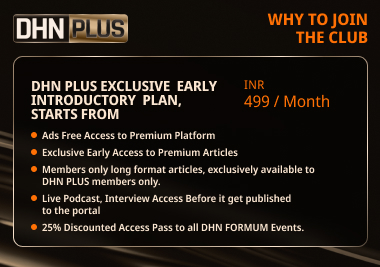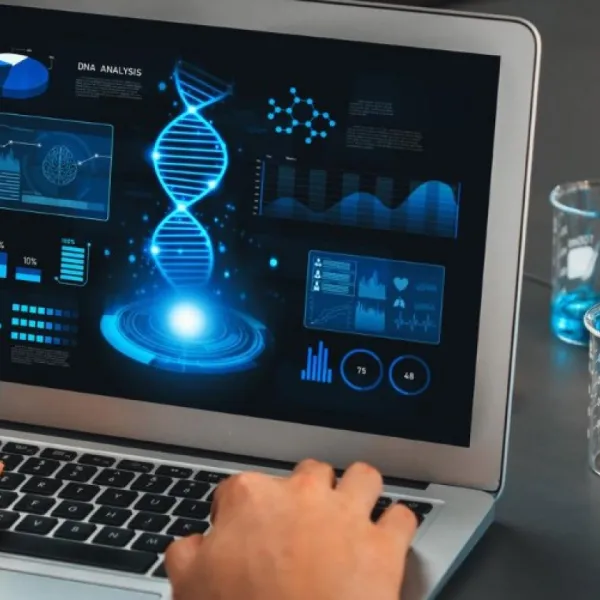Emerging Trends one Shouldn’t Miss to Know in Remote Patient Monitoring

In the healthcare landscape, the evolution of technology has been nothing short of revolutionary. Among the many innovations, remote patient monitoring (RPM) stands out as a beacon of hope, promising to transform the way healthcare is delivered, particularly in a country as diverse and populous as India.
As we delve into the intricacies of this dynamic field, it becomes evident that emerging trends in RPM are poised to redefine healthcare delivery across the nation.
Unlock the Future of Digital Health — Free for 60 Days!
Join DHN Plus and access exclusive news, intelligence reports, and deep-dive research trusted by healthtech leaders.
Already a subscriber? Log in
Subscribe Now @ ₹499.00Stay tuned for more such updates on Digital Health News





























